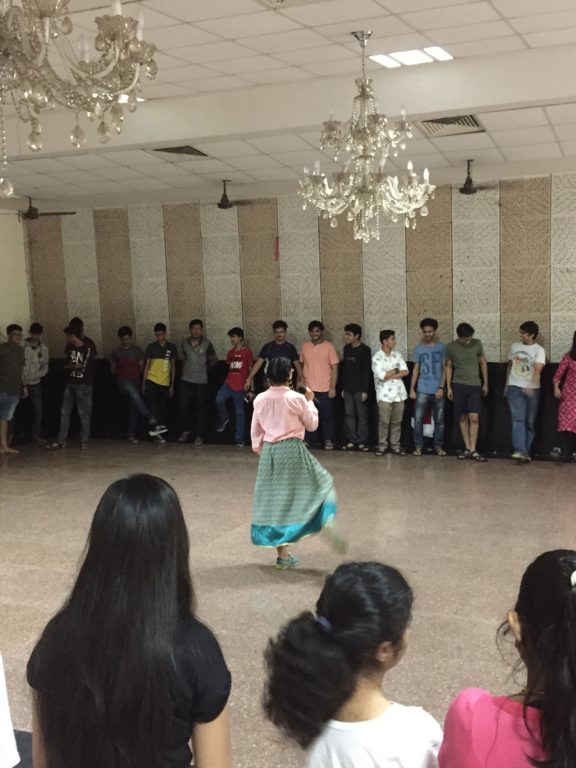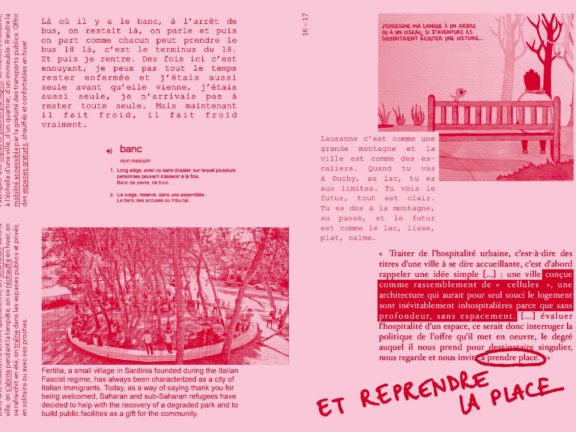The urban scape doesn’t only play the role of supporting infrastructural facilities development. It is also a place for social interactions that implies the construction of a shared collective knowledge. Constructing the territory is thus a collective project requiring citizens to fully exercise their rights. Referencing to the right to the city articulated by Henri Lefebvre, David Harvey criticizes a weakened democracy: “the freedom to make ourselves and to remake ourselves by shaping our cities is one of our most precious but also the most neglected human rights.” (Harvey, 2011). Indeed, the technocratic city planning that drew our territories for the last centuries enhanced the production of fragmented landscapes with substantial social inequities, leaving far behind many city dwellers.
The production of a collective and democratic territory is challenged. Deep changes in the governance model and planning processes must be acknowledged to guarantee urban equity. New architectural and urban practices are to be invented. Undoubtedly, interdisciplinary methods and tools must be explored to address a common ground for participatory urban planning methodology.
In this regard, psychology community approach adopts an ecological model (Bronfenbrenner, 1979) and postulates that the individual lives in several environments more or less close to the person. Its aim is to establish a link between macroscopic and microscopic scale. With targeted intervention strategies, this approach of psychology focuses on collective resources to empower and promote well-being of individuals and communities. It encourages healthy and adaptive change, social justice, self-determination as well as economic and social equity (Julian, 2006). Adopting this perspective, Houle and al. (2017) developed a community-based intervention in low rent housing context in Québec. This study shows that community and participatory action research process increases collective empowerment and promotes positive mental health. Using the community to address social and urban issues would be of great interest.
Within the time frame of this one-year seed money grant, our intention was to address urban equity by creating a frame for a collective investigation into community-based approaches. Indeed, it is through specific social and spatial conditions that we were planning to explore this issue. Our interest focused initially on two different fields, on one hand, the Indian context in the smaller urban centers (or census towns) in the peripheries of Mumbai City and, on the other hand, Indigenous communities in Quebec. Both territorial and social conditions are combined in those contexts to tackle the concern of inhabitants’ involvement and rights towards their environment development.
We assume that through social and community analysis methods, the local scale can be addressed, an effective users’ involvement can be established to promote a democratic governance on urban planning. Moreover, exploring the urban surrounding through community implies formulating a collective vision about the city, its uses and representations.
The following questions lead the investigation in both contexts:
– How do we identify communities in each context? How do we address their practices and uses? How do we ensure the exercise of the right to the city on urban development processes and planning policies?




